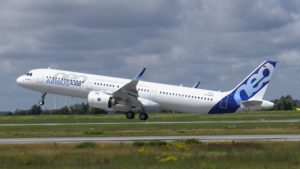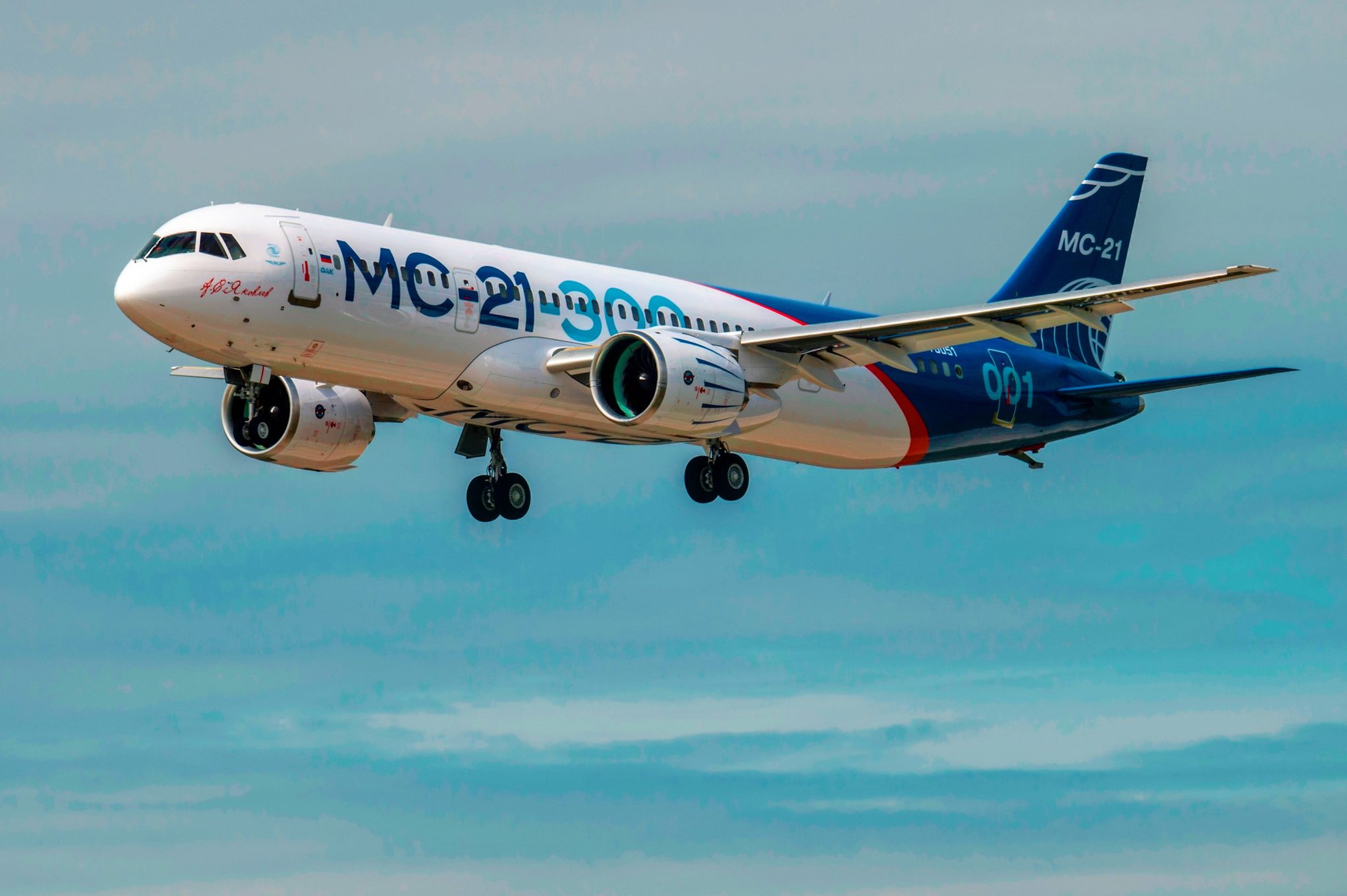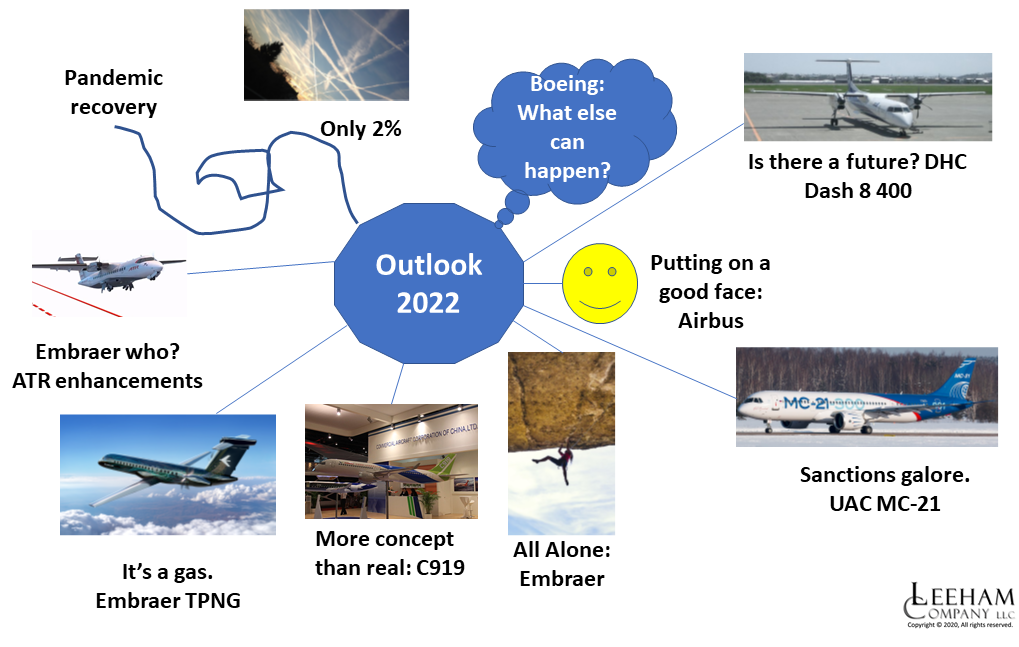Leeham News and Analysis
There's more to real news than a news release.
Orders at risk: Year-End 2022 snapshot
Subscription Required
By Vincent Valery
Introduction
Feb. 6, 2023, © Leeham News: With the publication of the Airbus and Boeing announcing 2022 orders and deliveries last month, and Boeing’s published its 2022 Annual Report (10-K), we undertake our annual analysis of at-risk deals on their books.
Airbus and Boeing have outstanding orders with airlines where there is a material probability some orders won’t translate into deliveries. Most were the result of airlines encountering financial difficulties, but some were related to contractual disputes. Boeing flags such orders as subject to an ASC 606 accounting rule adjustment.
Unlike Boeing, Airbus isn’t subject to an accounting rule like the ASC 606 adjustments at a program level. Therefore, the European OEM does not break down the orders at risk of cancellation by the program. Airbus only discloses the nominal value of its total adjusted order book in its annual report.
LNA analyzed July 2020, November 2020, August 2021, February 2022, and August 2022 Airbus’ and Boeing’s order books to identify orders at risk and come up with an apples-to-apples comparison. We update this analysis with the latest order books from both OEMs. The above links explain our methodology and its differences with Boeing’s ASC 606 adjustments.
Summary
- Lingering order book cleanup for older programs;
- Improving single aisle order book quality;
- Country-level single-aisle market share
- One order materially affects OEM twin-aisle market share.
A deep dive into the single-aisle market
Subscription Required
By Vincent Valery
Introduction
Jan. 23, 2023, © Leeham News: Boeing’s share of outstanding single-aisle orders has fallen significantly behind Airbus. If we include the order book for single-aisle aircraft seating 100 or more passengers of Airbus, Boeing, COMAC, Embraer, and UAC, the American OEM’s market share is now 37% (Airbus has 58%, COMAC 3%, Embraer 2%, and UAC 2%).
Richard Aboulafia sees a risk that Boeing’s market share in the single-aisle market will dip below 30% without the entry into service of a new aircraft before 2035. Boeing Commercial Airplanes CEO Stan Deal said that it is viable for the American OEM’s single-aisle market share to stay around 40%.
In the 2022 Boeing outlook, LNA also noted that there are significantly more A320ceo than 737 NG operators. A broader operator base means more opportunities to place new orders with a more diversified group of airlines. In the context of no new single-aisle family entering service in the next 10 years, convincing operators to “flip” to the competition will be the primary way to increase market share.
Exclusively looking at the nominal order books and A320ceo and 737 NG operators does not provide a comprehensive view of Airbus’ and Boeing’s relative positions in the single-aisle market, though.
In their 2022-2041 commercial market outlooks (CMO), Airbus and Boeing indicated that nearly half of all single-aisle deliveries would replace older-generation aircraft. Looking at the existing in-service fleet of older-generation aircraft provides a better picture of replacement order opportunities by the OEM.
LNA investigates in this article the existing order books of the five major OEMs and operator bases to better assess their relative competitive positions and quantify the current replacement order opportunities.
Summary
- A comprehensive single-aisle fleet snapshot;
- Breaking down the order books between replacements and growth;
- Keep track of order choices for older-generation operators;
- Remaining replacement order opportunities;
- A word about single-aisle freighters.
Outlook 2023 for China’s COMAC and Russia’s UAC
Subscription required
By Bjorn Fehrm
Jan. 12, 2023, © Leeham News: China’s civil airliner OEM, COMAC, made significant progress during 2022. It achieved Chinese certification for its C919 158-seat domestic airliner in September last year, with the first delivery to the launch customer, China Eastern Airlines, in December. The first aircraft will be used in trial operations during 2023. The C919 follows the regional ARJ21, which has been in operation in China since 2016.
The progress, after several delays, of the COMAC programs is in stark contrast to the airliner progress of Russia’s UAC. The slow progress for the SSJ100, MC-21, and Il-114 programs has now ground to a standstill since the invasion of Ukraine and the ensuing Western sanctions.

Figure 1. Test flight of the first series delivery C919 of China Eastern Airlines. Source: Wikipedia.
Summary:
- China and COMAC have made significant progress in 2022 and will gradually build a viable airliner industry from 2023 onwards with a regional and single-aisle offering.
- The opposite is true of Russia’s UAC. A once viable airliner industry is now crushed by the Kremlin’s decision to invade Ukraine.
Forecast 2022: IRKUT
Subscription Required
By Bjorn Fehrm
Introduction
January 24, 2022, © Leeham News: IRKUT became the Airliner company in Russia’s United Aircraft Corporation when the Superjet project was transferred from Sukhoi in February 2020.
The rationale was to focus the new single-aisle MC-21 and the regional Superjet in one entity where the needed investment in after-sales support, a chronic weakness of Russian aircraft, could be concentrated.
The MC-21 is the most advanced of the world’s single-aisle designs, with a roomy fuselage and a composite wing. But this, the market’s best design, has the worst chances for success. We go through why.
Summary
- The MC-21 has a fuselage design that makes it roomier without causing extra drag or weight.
- It also has the most advanced wing, an out-of-autoclave resin infusion design, the type which Airbus is aiming for in the “Wing of Tomorrow” project.
- But despite the best technology, it has the slimmest market chances. It has little to do with the aircraft itself.
2022 Outlook depends largely on pandemic, Boeing recovery
Subscription Required
By the Leeham News Team
Dec. 13, 2021, © Leeham News: Attempting a forecast for the new year historically has been reasonably easy. One just started with the stability of the current years, and maybe the previous one or two years, and looked forward to next year.
Until the Boeing 737 MAX grounding, COVID-19 pandemic, and the Boeing 787 suspension of deliveries.
These events upended everything. Boeing’s outlook for 2020 depended on what happened to return the MAX to service. The grounding, initially expected by many to be measured in months, ultimately was measured in years.
The 2020 outlook for the rest of the aircraft manufacturers blew up that March with the global pandemic.
Then, in October 2020, Boeing suspended deliveries of the 787, exacerbating its cash flow crunch.
Commercial aviation began to recover some in late 2020. Airbus, which reduced but didn’t suspend deliveries throughout 2020, saw signs of hope for the narrowbody market—less so for widebody airplanes.
There is a lot of uncertainty, however, that makes looking even one year ahead challenging.
Pontifications: The WTO Airbus/Boeing standstill and pursuing China
June 28, 2021, © Leeham News: The US and European Union agreed on June 15 to a standstill in the 17-year old trade dispute over illegal subsidies to Airbus and Boeing.
The World Trade Organization (WTO) found each violated international rules. By the time all was said and done, the US was authorized to levy tariffs on $7.5bn worth of European goods. The EU received authorization to levy tariffs on $4bn of US goods.
Tariffs on goods went beyond Airbus and Boeing products. But it was 15% tariffs on Airbus planes imported into the US and Boeing planes imported into the EU that were the highest-profile and most costly.
Despite initial reports in some uninformed media that the long-running dispute was “resolved,” in fact, only a standstill was agreed. The US and EU now have five years to negotiate a permanent settlement to Airbus’ “reimbursable launch aid” and Boeing’s benefits from tax breaks and NASA.
The two sides also agreed to put China’s commercial aerospace industry in the crosshairs.
Outlook 2021: Russia and China
Subscription Required
By Bjorn Fehrm
Introduction
Jan. 14, 2021, © Leeham News: China and Russia are both developing a single-aisle domestic airliner in the A320/737 MAX class, a regional turboprop in the ATR 72 class, and is jointly working on an A330neo/787 widebody competing airliner.
While these are similar development programs, the countries are in very different positions in their markets and industries. China is a five times larger market for airliners than Russia, and its airlines are on the way back from COVID riddled passenger numbers. It has the fastest recovery from COVID-19 of any country and its civil airliner industry is on the rise.
Russia on the other hand has a stagnant market, still hit by COVID-19, and its market and industry have become introverted after a decade of flirting with Western markets and technology.
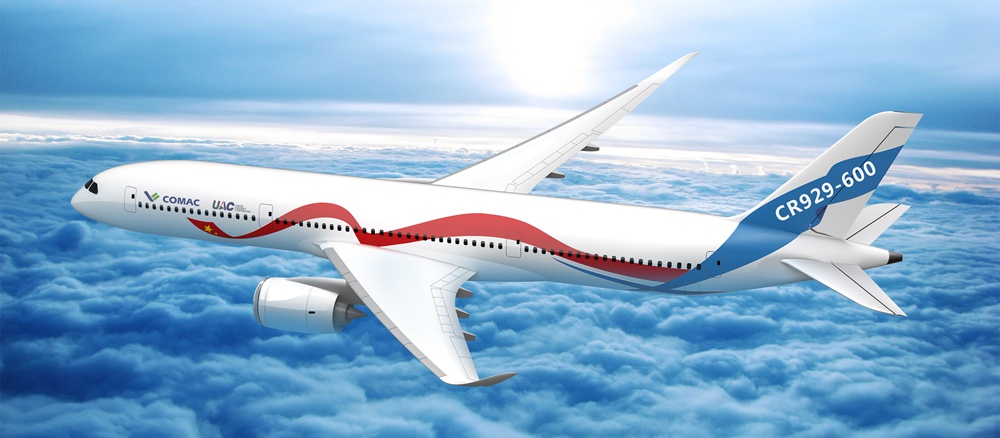 Summary
Summary
- China and Russia drive almost identical civil airliner projects to replace Soviet-era and Western airliners.
- While similar in their projects, they are different in their markets and state of industries.
- China is on the way up (albeit from a low state) to eventually compete on the world market, whereas Russia is falling back to a Soviet-style all Russian state-controlled model.
Pontifications: Outlook 2021 Series begins today
Jan. 4, 2021, © Leeham News: Beginning today through next week, Leeham News presents its annual Outlook series for the coming year.
We’ve been doing this for years. In recent years, the Outlook reflected continued growth in commercial aviation. The industry had the longest upward tick in the more than three decades I’ve been involved in the sector.
Not this year. As I wrote before the Christmas-New Year’s holiday period, 2020 was the worst year for commercial aviation I’ve ever seen in 41 years.
This year is the beginning of the end of the COVID crisis. Yes, the vaccines began distribution in December, but large spikes in COVID cases began simultaneously and are predicted to climb higher through the first quarter.
Over the coming days, as LNA provides its Outlook for 2021, readers will see what we believe will happen.
HOTR: With MAX nearing recertification, Boeing has bigger problem
By the Leeham News team
Oct. 27, 2020, © Leeham News: Boeing’s 737 MAX may be nearing recertification and airlines worry about passenger acceptance.
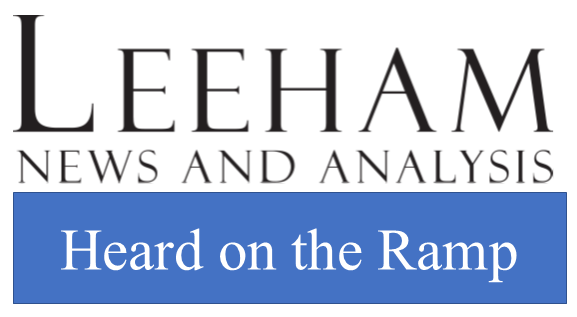 But Boeing’s larger MAX problem is its general product line-up.
But Boeing’s larger MAX problem is its general product line-up.
LNA pointed out the poor sales of the 7 MAX in the past. We’ve also compared the lagging sales of the 9 MAX and 10 MAX compared with the A321neo.
As a result of the MAX grounding and now COVID-19’s disastrous financial impact on airlines around the world, more than 1,000 orders have been canceled or reclassified as iffy under the ASC 606 accounting rule.
Airbus doesn’t publicly reclassify the European equivalent of ASC 606. But LNA in July estimated how many A320s would be similarly classified. At that time, about 425 appeared to be similarly subject to ASC 606 if this accounting rule was applied to Airbus.
Pontifications: Boeing’s latest forecast raises more doubt than hope
Oct. 12, 2020, © Leeham News: Every year, like clockwork, when Boeing publishes its 20-year Current Market Outlook, there is always another upward revision in forecast demand for new aircraft.
So, when the Chicago-based OEM admits that demand has taken a long-term hit, you know the situation must be dire.
Last week, Boeing belatedly published its annual CMO forecast for global commercial jet production and services. The forecast was quite a comedown as it marked a 2% fall from Boeing’s previous expectations for aircraft demand, with a whopping 10% drop for widebodies and freighters.
Airbus has withheld its 2020 Global Market Forecast while it continues to assess the impact of COVID-19. Read more


